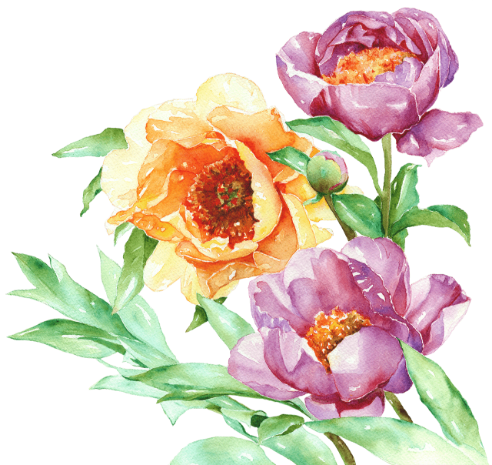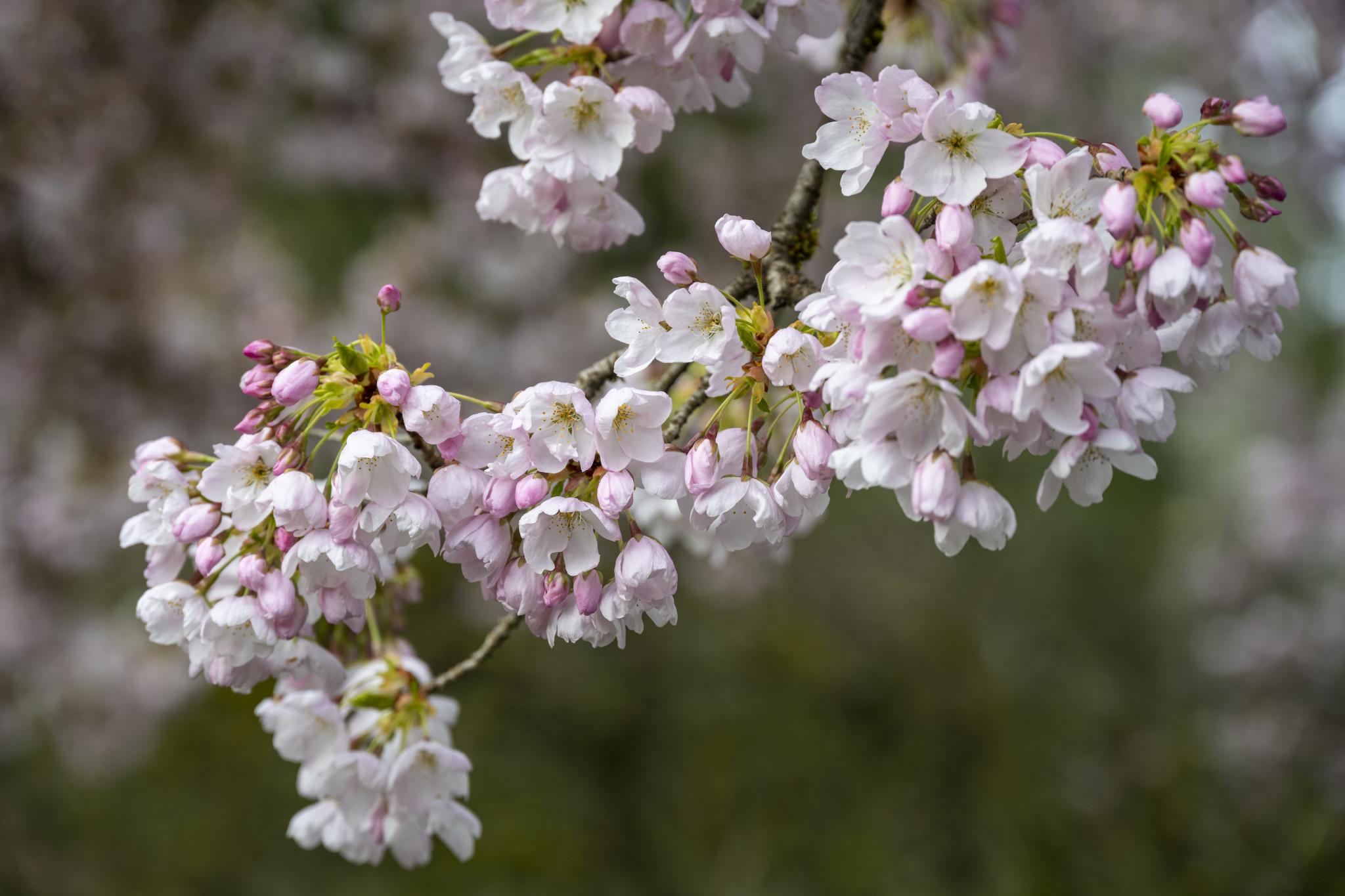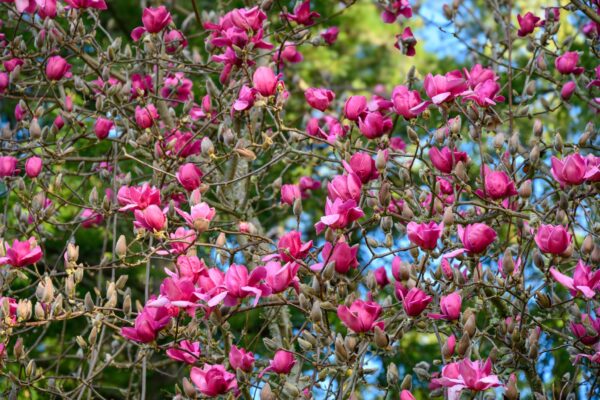
April 8, 2025
| Gardening Photos in Season
These photos give you a glimpse of The Gardens as they evolve throughout the seasons; this page is updated regularly.
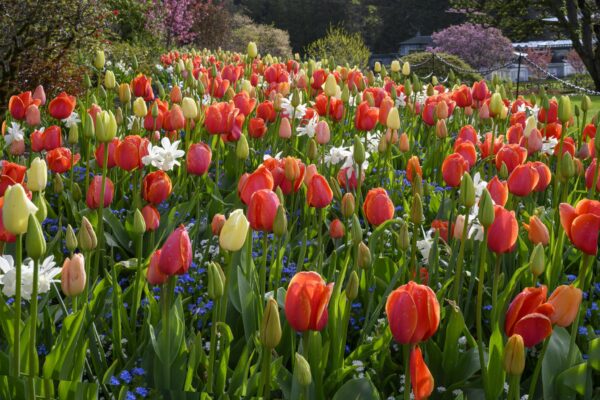
March 17, 2025
| Gardening Spring Garden Insights 2025
By Brian Nixon, Horticultural Manager Spring flower bulbs are now poking through the dark nutrient-rich soil marking a start to…
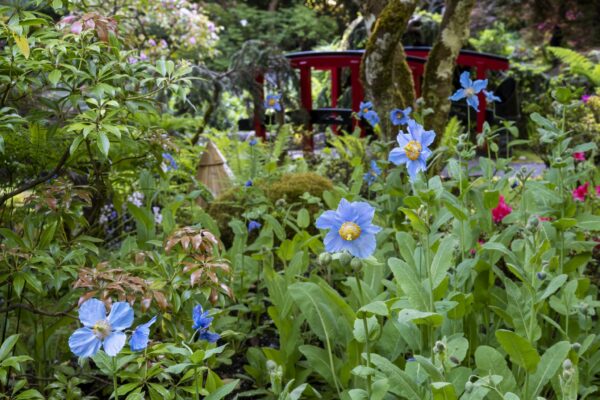
March 17, 2025
| Visit Inspiration 100th Anniversary of The Blue Poppy
Jennie Butchart was a keen promoter of newly discovered species of plants. One such plant was the Blue Poppy of…
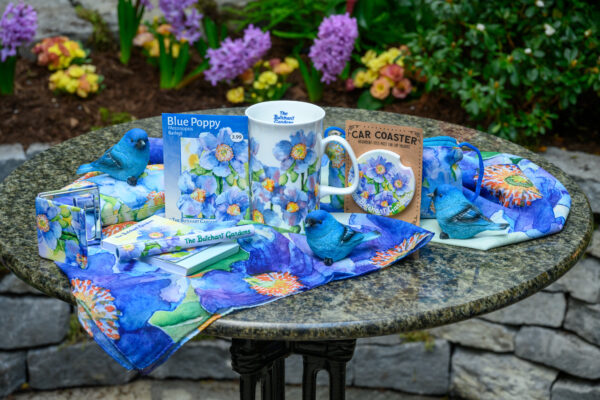
March 12, 2025
| Visit Inspiration Shopping Inspiration: Blue Poppy Watercolour Collection
The blue poppy has been grown with great success in The Gardens since the mid-1920s. Seeds from this attractive plant…
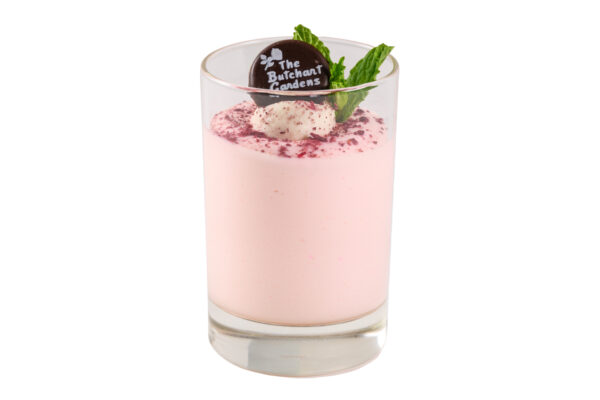
March 12, 2025
| News Releases Chef’s Recipe: Strawberry Tonka Mousse
Makes approximately 8 servings Strawberry tonka mousse Ingredients Metric US White chocolate callets 95 grams 3.35 oz Whipping cream 325…
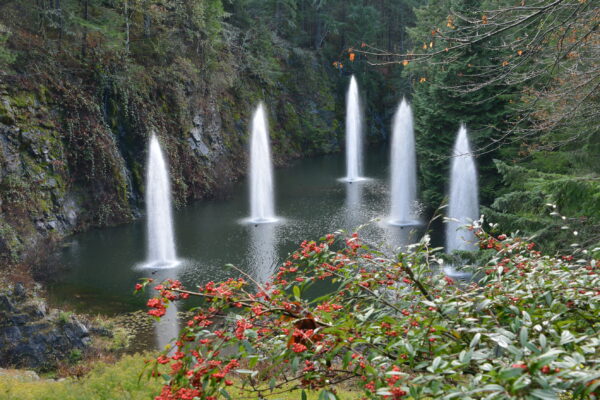
January 10, 2025
| Gardening Winter Garden Insights 2025
By Brian Nixon, Horticultural Manager With the holiday season behind us and all the lights and ornaments on their way…
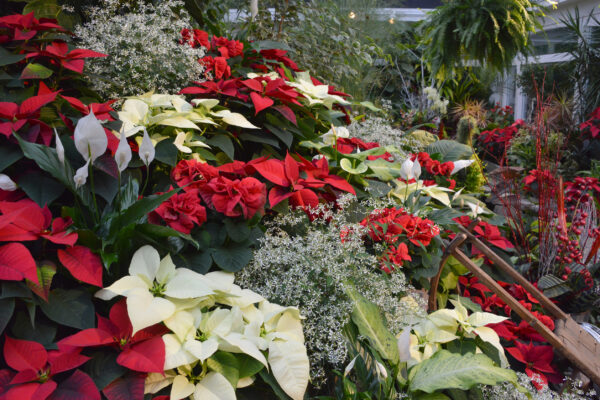
November 20, 2024
| Gardening The Christmas Flower – Poinsettia Insights
By Thea Hegland All the flower beds have been put to rest and our fifth season in The Gardens is…

November 19, 2024
| Visit Inspiration Seed & Gift Store: Christmas Stocking Stuffers
This holiday season, make stocking stuffing a breeze with our fun and delicious selection of charming gifts! From sweet surprises…

November 19, 2024
| Recipes Chef’s Recipe: Wild B.C. Smoked Salmon and Gruyère Quiche
Makes approximately 24 servings Filling Ingredients Metric US Hot smoked salmon (shredded) 240 grams 1 cup Chives 5 grams 1…
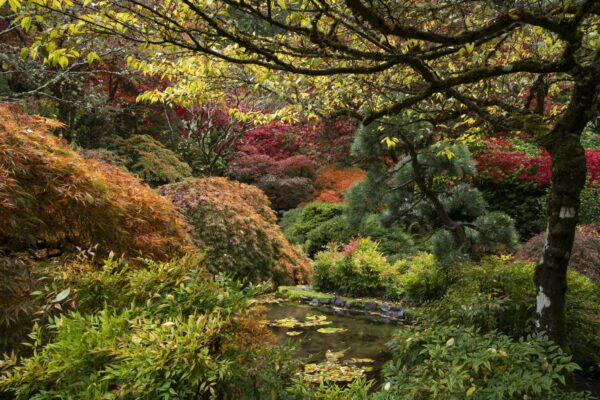
October 2, 2024
| Gardening Autumn Garden Insights 2024
By Brian Nixon, Horticultural Manager There is a magnificent change taking place in The Gardens right now. While colourful summer…

September 26, 2024
| Visit Inspiration Shopping Inspiration: Cork Bags, Earrings & Crib Boards
This fall, discover featured items in the Seed & Gift Store. One-of-a-kind cork bags designed by Debbie Baldrey, Salty Oak…
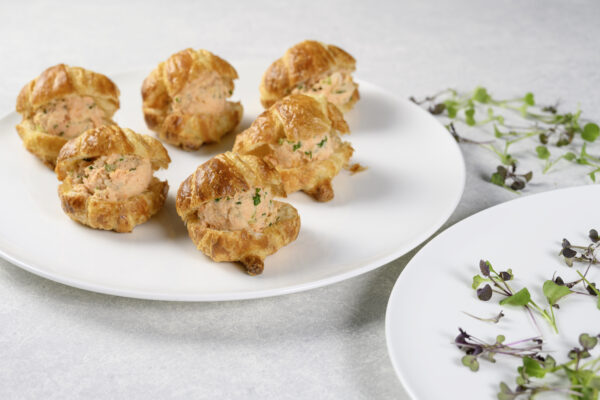
September 26, 2024
| Recipes Chef’s Recipe: Wild B.C. Smoked Salmon Rillette
Wild B.C. Smoked Salmon Rillette Yield: 250 grams or 8 oz Ingredients Metric US Dry smoked salmon 80 grams 3…
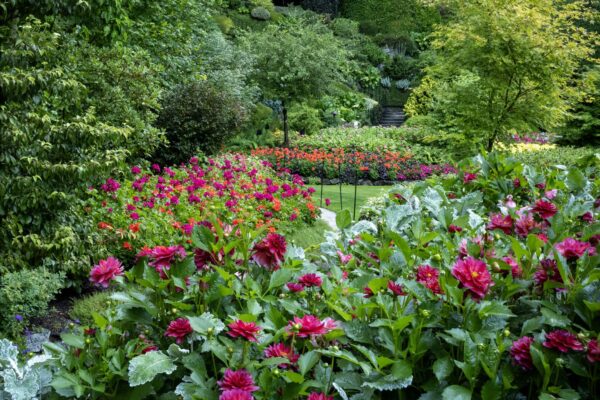
June 12, 2024
| Gardening Summer Gardens Insights 2024
By Brian Nixon, Horticultural Manager Countless perennials line our pathways while colourful annuals remind us that summer is here. The…
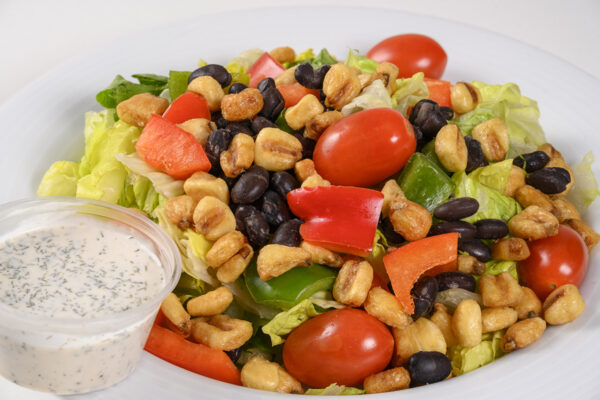
June 4, 2024
| Recipes Chef’s Recipe: Southwest Salad with Chipotle Ranch Dressing
Southwest Salad with Chipotle Ranch Dressing Makes approximately 6 servings Southwest Salad Ingredients Metric US Romaine lettuce 700 grams 1½…

June 4, 2024
| Visit Inspiration Seed & Gift Store: The Gallery
The Gallery is back again for the summer of 2024 from June 15 – September 15. Open daily from 11:00am…

May 28, 2024
| News Releases Special Event– Chilliwack
The Butchart Gardens Announces Summer Entertainment and Fireworks Including the Return of a Special Event– Chilliwack! Victoria, BC – Enjoy…
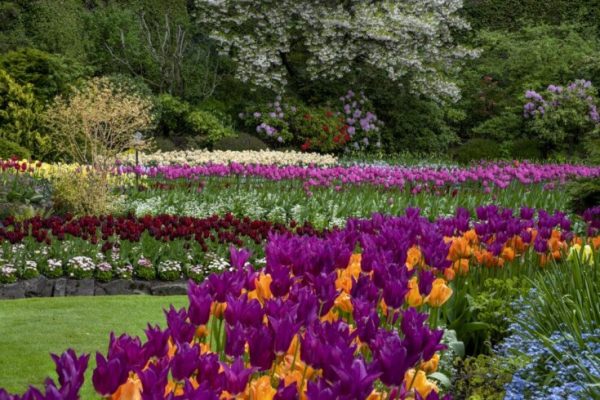
March 13, 2024
| Gardening Spring Gardens Insights 2024
Spring is a joyous time to admire the magnificent sights, sounds and scents evolving at The Butchart Gardens. The long…
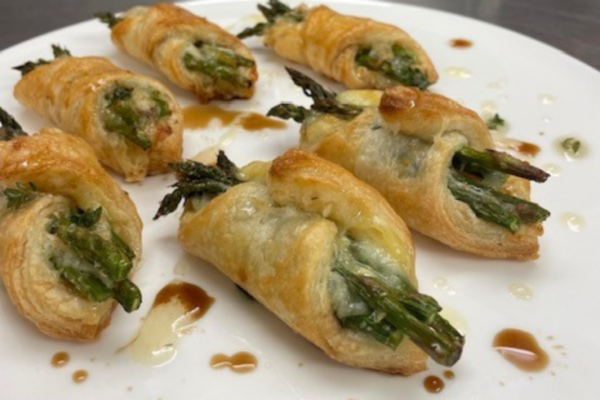
March 7, 2024
| Recipes Chef’s Recipe: Comox Valley Brie and Asparagus Galette
Comox Valley Brie & Asparagus Galette Makes approximately 6 servings Ingredients Metric US Asparagus 454 grams 1 pound Olive oil…
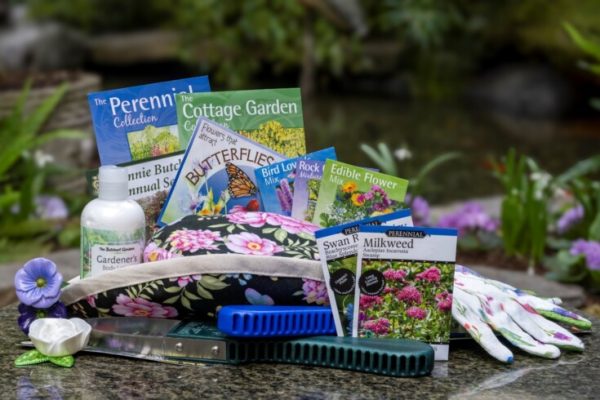
March 7, 2024
| Visit Inspiration Shopping Inspiration: Seed Packages
Get ready to cultivate your garden this spring with our premium seed packages. From flower mixes that attract pollinators to…
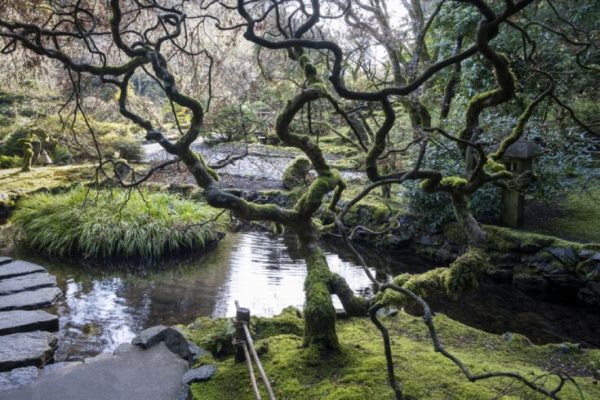
January 15, 2024
| Gardening Winter Garden Insights 2024
As the morning sun begins to rise, a thin layer of mist forms throughout the surrounding gardens creating a tranquil…

November 20, 2023
| Recipes Chef’s Recipe: Hokkaido Scallops
Hokkaido Scallops Great Northern bean hummus, hazelnuts, fennel gastrique, ‘nduja aïoli Makes approximately 6 servings Ingredients Metric US Scallops U15…

November 20, 2023
| Visit Inspiration Seed & Gift Store: Kennison Arts
Introducing an innovative line of handcrafted art pieces by local artist Shannon Lyn. This Vancouver Island business started out with…

November 16, 2023
| News Releases Magic of Christmas 2023
The Magic of Christmas at The Butchart Gardens December 1 – January 6 Victoria, BC – Gather your friends and…
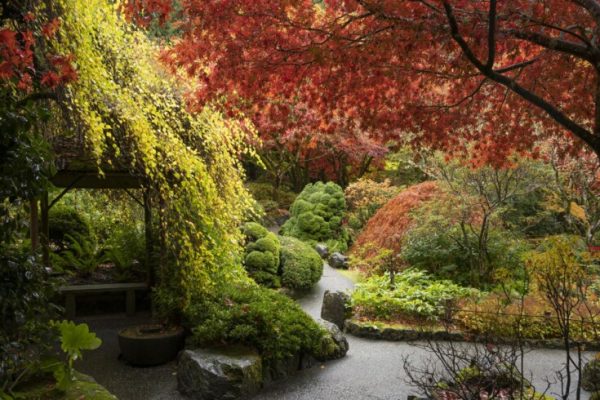
September 26, 2023
| Gardening Autumn Garden Insight 2023
With the distinct change of colour in the leaves of many deciduous plants, we can clearly see that autumn has…
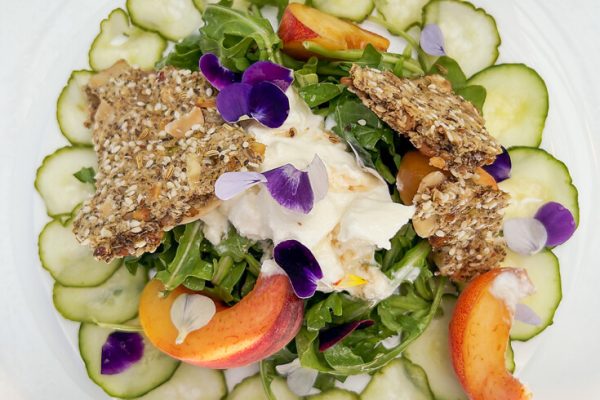
September 20, 2023
| Recipes Chef’s Recipe: Stone Fruit
Stone Fruit Burrata, wild arugula, cucumber, seed crisps, red wine vinegar & honey Makes approximately 6 servings Ingredients Metric US…
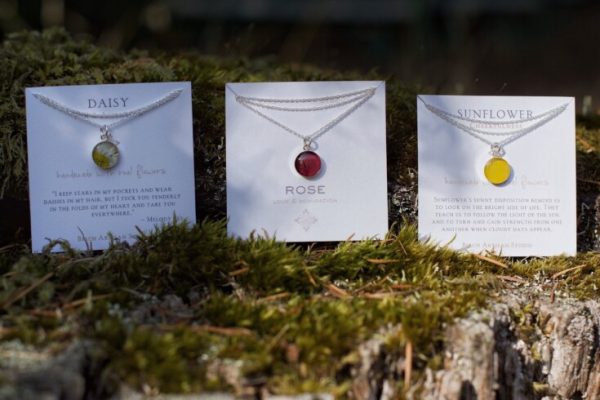
September 20, 2023
| Visit Inspiration Shopping Inspiration: Birch Artisan Studio
Birch Artisan Studio was founded in 2013 by Krista Smith. Krista settled into making jewellery and designed her collection to…
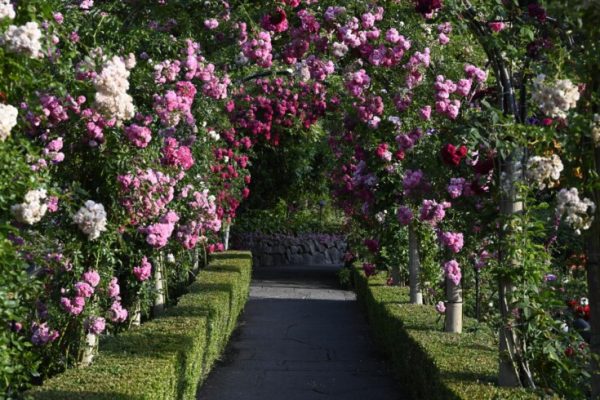
July 7, 2023
| Gardening What’s in Bloom? July Garden Report
Summertime in The Gardens is gorgeous – for many this is the ultimate time to visit. The long, lazy days…
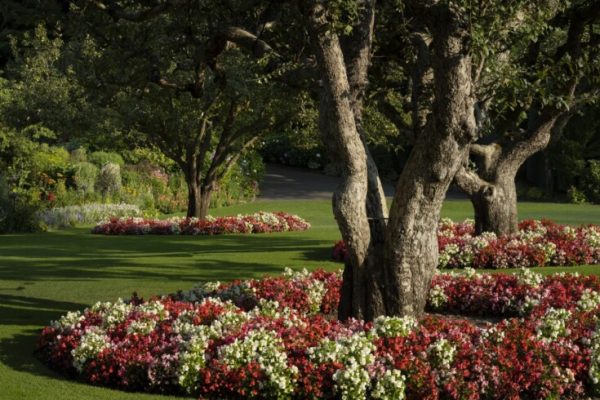
June 16, 2023
| Gardening Summer Garden Insights 2023
The glow from the warm sunshine illuminates the stunning gardens. Eye catching flower combinations are highlighted by meticulously designed perennial…
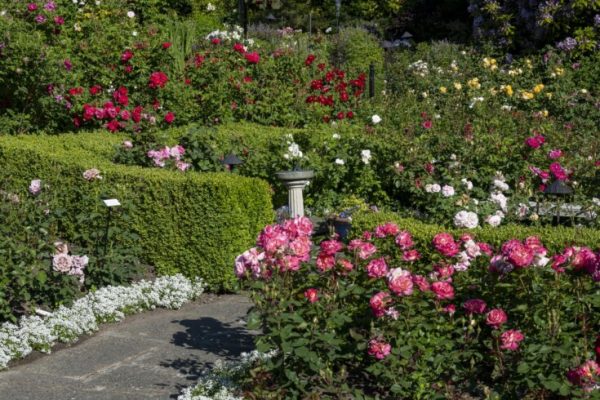
June 8, 2023
| Gardening What’s in Bloom? June Garden Report
The Gardening Staff is deep in a frenzy of garden work – the spring show is expeditiously being dismantled; the…
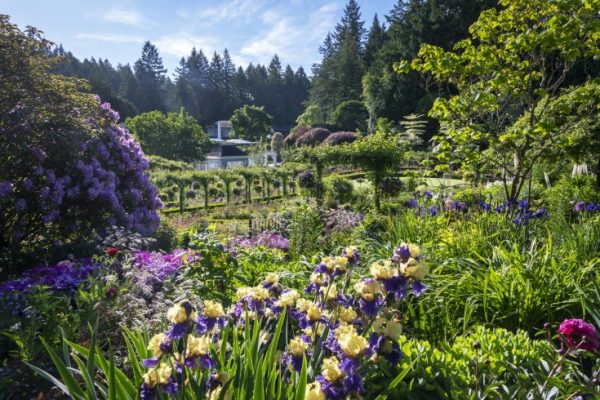
March 27, 2023
| Gardening Spring Garden Insights 2023
It is a magical experience visiting The Butchart Gardens in the spring. Our vast network of pathways will have you…
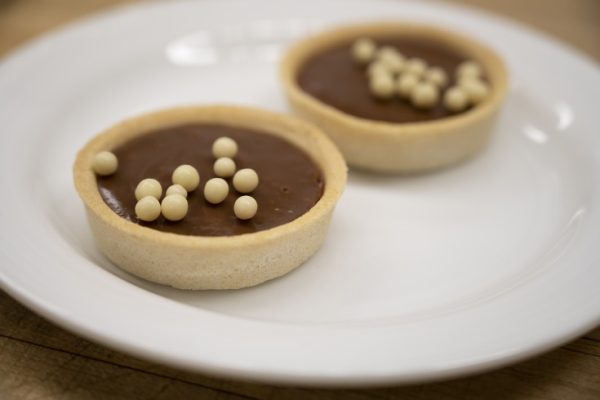
March 23, 2023
| Recipes Chef’s Recipe: Milk Chocolate Ganache Tart
Milk Chocolate Ganache Tart This tart is simple and quick to assemble, made two to three hours in advance of…
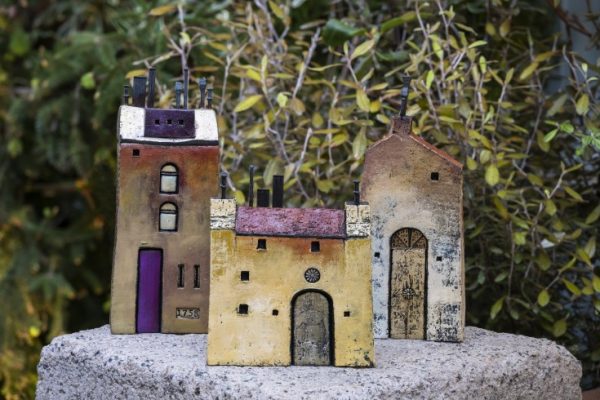
March 23, 2023
| Visit Inspiration Seed & Gift Store: Joanna Drummond
Joanna Drummond’s work as an Artist is endlessly evolving. As a Multimedia Artist, Joanna never ceases to push her discipline…
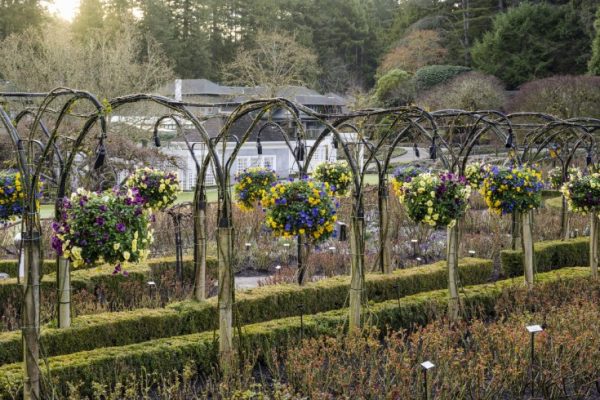
March 9, 2023
| Gardening What’s in Bloom? March Garden Report 2023
February always seems to just fly by and the first glimpses of spring are quite enjoyable. Often the weather here…
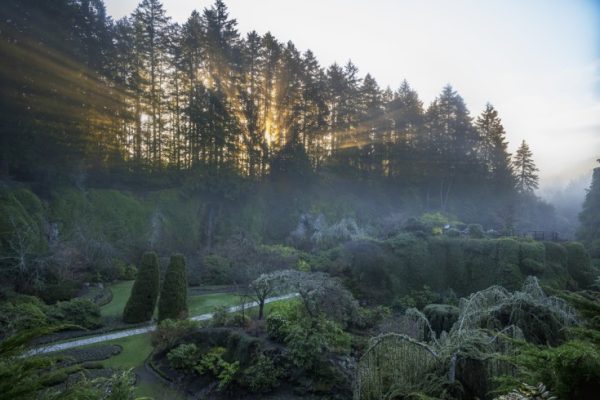
January 13, 2023
| Gardening Winter Garden Insights 2023
A visit to The Gardens during the winter season is a must, and it is personally one of my favorite…
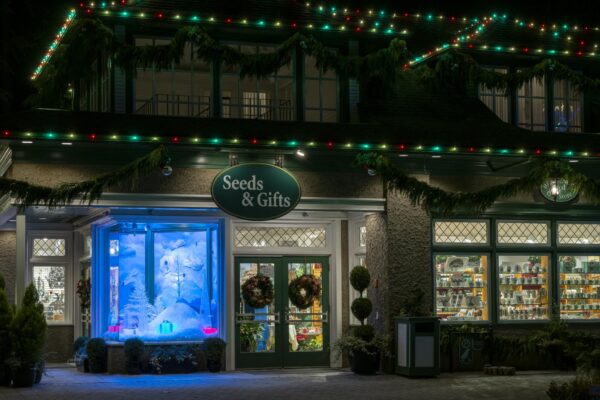
November 17, 2022
| Visit Inspiration Seed & Gift Store: Holiday Shopping Inspiration
As the holiday season fast approaches, our Seed & Gift Store is the perfect place to find unique gifts, from…
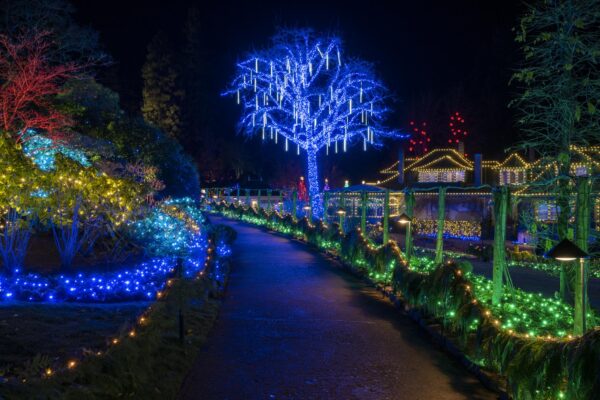
November 17, 2022
| Visit Inspiration A Glimpse into the Magic of Christmas
By Bruce Watson, Director of Arts & Entertainment As the garden beds prepare to settle down for the winter, the…

November 16, 2022
| Recipes Chef’s Recipe: Butternut Squash Pasta
Butternut Squash Pasta Serving yield 4 people Ingredients US Metric Roasted butternut squash 1 3/4 lbs 800 grams Roasted Cremini…
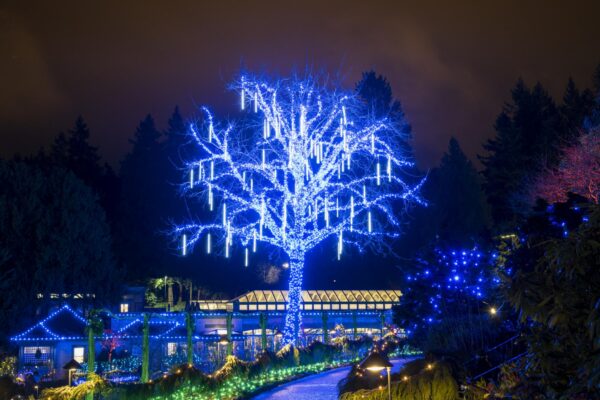
November 15, 2022
| News Releases The Magic of Christmas at The Butchart Gardens
November 15, 2022, VICTORIA, B.C. Victoria, BC – Bundle up and stroll through the Twelve Days of Christmas display as…
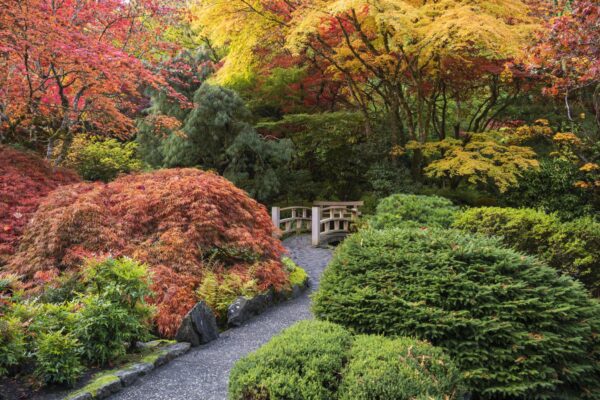
November 4, 2022
| Gardening What’s in Bloom? November Garden Report
By Thea Hegland The Dahlia Border breaks hearts when the time comes to remove it for the season. Sadly, the…
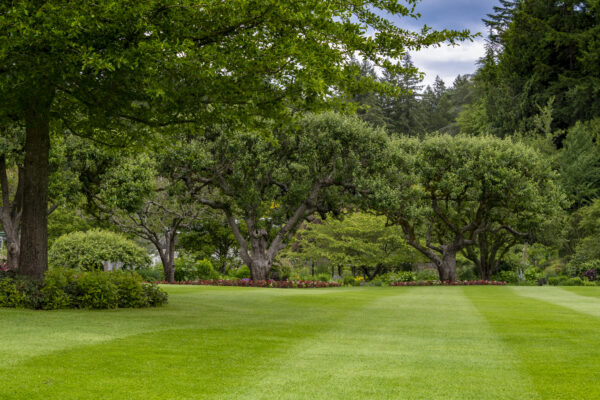
October 18, 2022
| Gardening Lawn Care Report
By Thea Hegland Often, when people think of visiting The Butchart Gardens, they are thinking about the flowers and trees.…
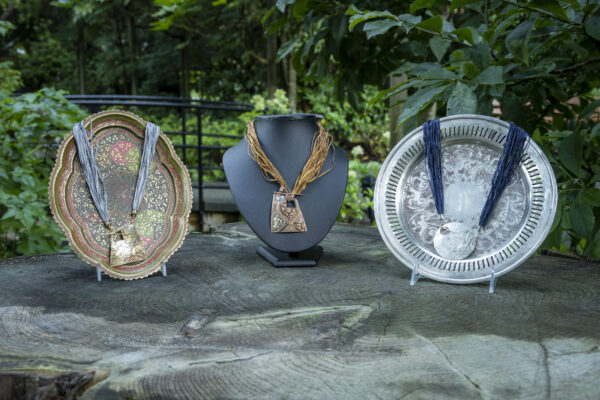
October 1, 2022
| Visit Inspiration Seed & Gift Store: Mixed Metal Mimi
Vancouver Island artist, Mimi Roy, constructs unique mixed metal jewelry and accessories from sustainable silver, copper, brass, and tin. Mimi’s…
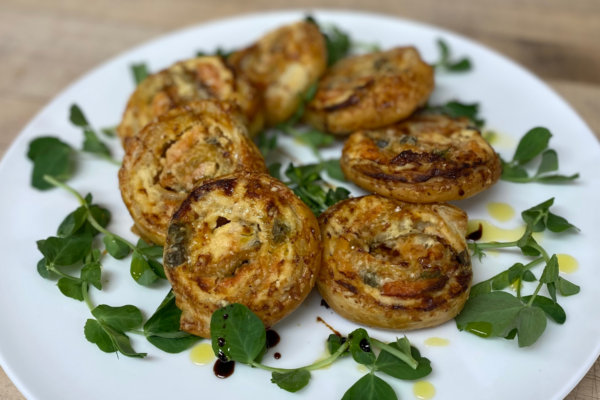
September 20, 2022
| Recipes Chef’s Recipe: Smoked Wild Sockeye Salmon En Croûte
Smoked Wild Sockeye Salmon En Croûte Makes approximately 20 servings Ingredients US Metric Cold smoked sockeye salmon 7 oz 200…
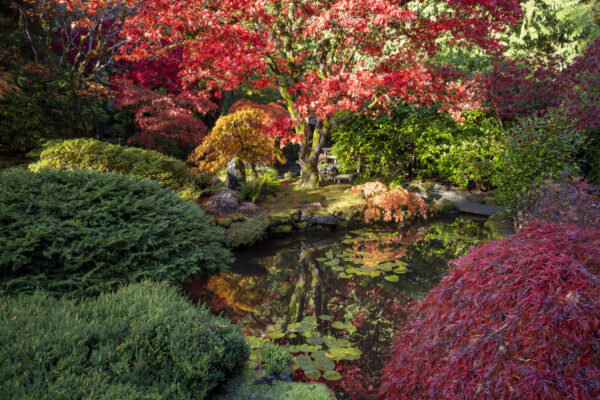
September 20, 2022
| Gardening Autumn Garden Insights 2022
By Brian Nixon, Horticultural Manager The colourful flowers of summer are now taking a backseat as the glow of autumn…
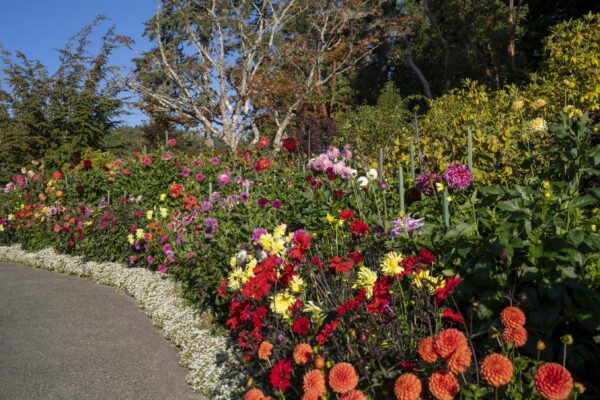
September 2, 2022
| Gardening What’s in Bloom? September Garden Report
By Thea Hegland Considered one of the best times to visit, the month of September offers some of the year’s…
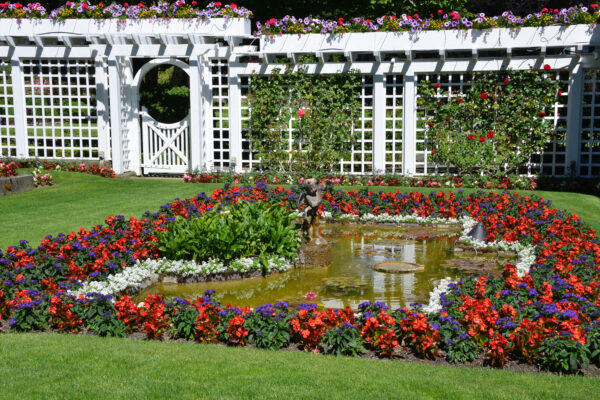
August 9, 2022
| Gardening What’s in Bloom Now? August Garden Report
By Thea Hegland August in The Gardens is absolutely stunning. A long stretch of hot sunny weather has delivered thousands…

June 17, 2022
| News Releases Evening Entertainment Return at The Butchart Gardens
June 17, 2022, VICTORIA, B.C. 20 local and regional acts perform throughout summer Victoria, BC – Starting July 1 and…
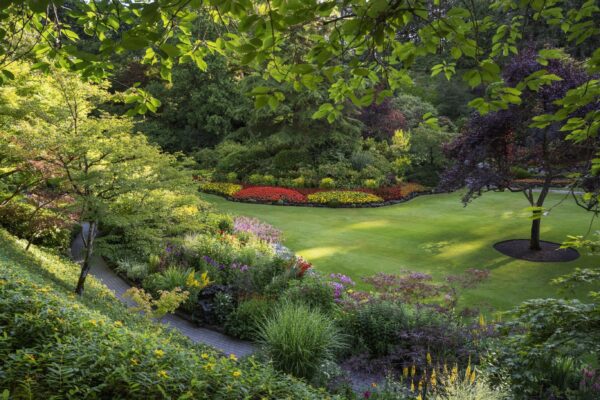
June 10, 2022
| Gardening Summer Garden Insights 2022
By Brian Nixon, Horticultural Manager With spring now behind us it’s time to appreciate the endless beauty that summer brings…

June 8, 2022
| Recipes Chef’s Recipe: Vanilla Bean Scones
Vanilla Bean Scones makes approximately 24 Tea size scones Afternoon Tea would not be complete without a scrumptious scone. We…
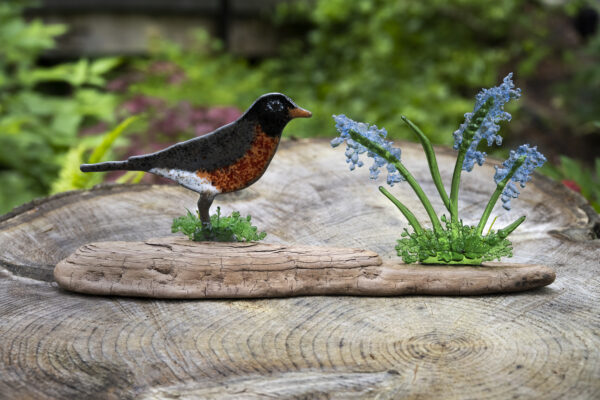
June 7, 2022
| Visit Inspiration Seed & Gift Store: Nancy Dearborn
New to the Seed & Gift Store, Nancy Dearborn’s art catches your eye with her creative use of colour and…
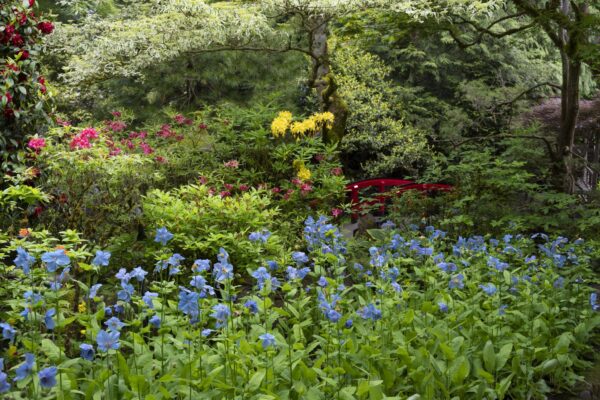
June 6, 2022
| Gardening What’s in Bloom Now? June Garden Report
By Thea Hegland June is often considered the “in-between” season, or I as like to think, the grand transition from…
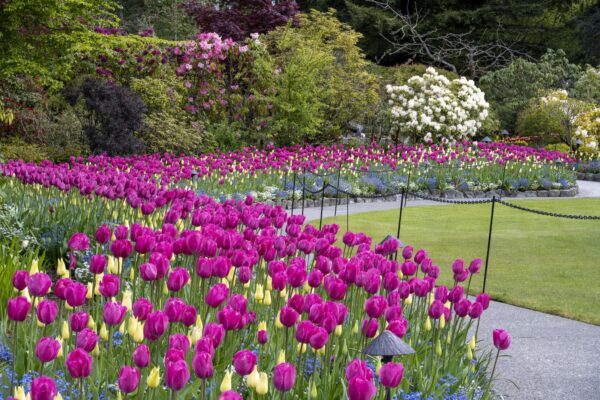
May 11, 2022
| Gardening What’s in Bloom? May Garden Report
By Thea Hegland Imagine masses of Tulips in a rainbow of colours amongst the dreamiest Cherry blossoms ever seen. Our…
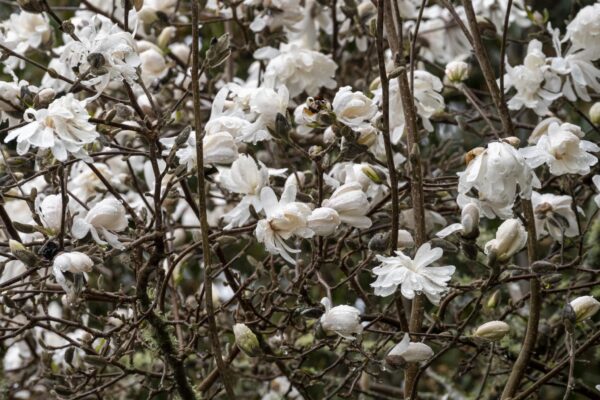
April 1, 2022
| Gardening What’s in Bloom Now? April Garden Update
By Thea Hegland April is the month most symbolic of the quintessential spring here at The Butchart Gardens. Just imagine…
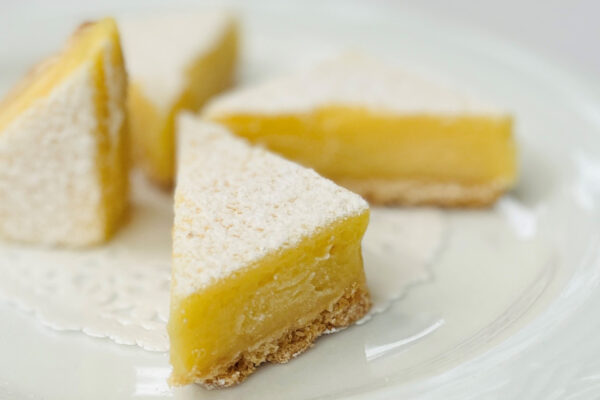
March 21, 2022
| Recipes Chef’s Recipe: Lemon Cream Cheese Bar
Lemon Cream Cheese Bar Makes a 9′ X 13′ pan Chase the ‘winter blues’ away with a sweet and velvety…
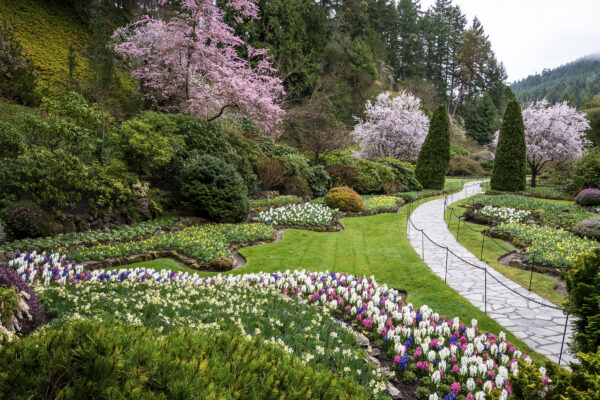
March 21, 2022
| Gardening Spring Garden Insights 2022
By Brian Nixon, Horticultural Manager The official start to spring this year was on March 20th, but at The Butchart…
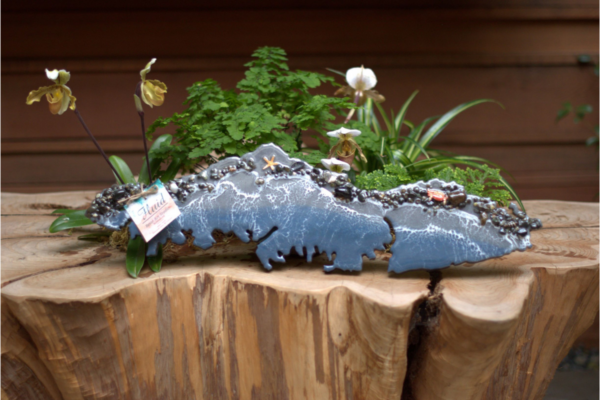
March 17, 2022
| Visit Inspiration Shopping Inspiration: Fluid Resin Art Studio
Featured in our Seed & Gift Store and Coffee Shop, local artisans Ace Thom & Sue Perello capture the look…
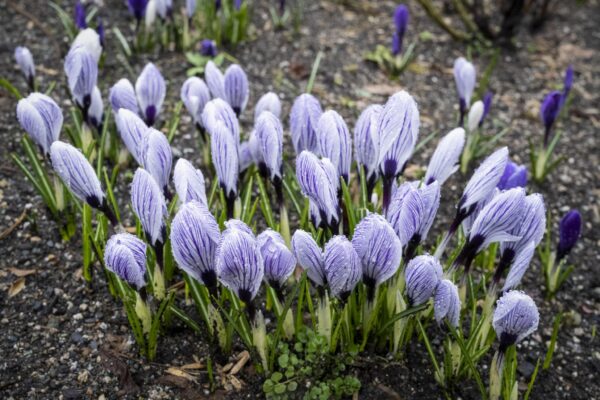
March 3, 2022
| Gardening What’s in Bloom Now? March Garden Update
By Thea Hegland March is finally here, filled with all the inspiration, hopes, and promises that springtime brings. Early Narcissus have…
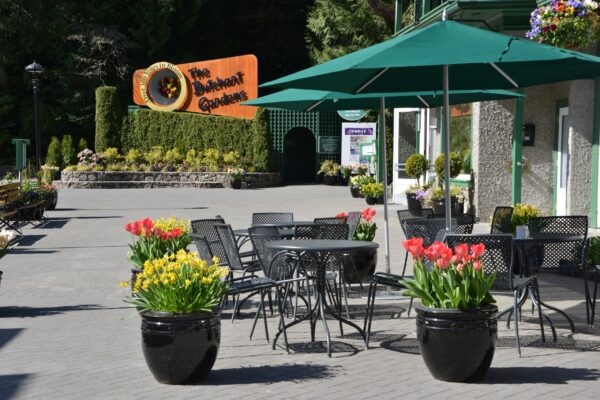
February 17, 2022
| News Releases The Butchart Gardens Upcoming Job Fair
The Butchart Gardens will be holding a Job Fair on Tuesday, March 8th, from 5:30–7:30pm. The Gardens is offering competitive…
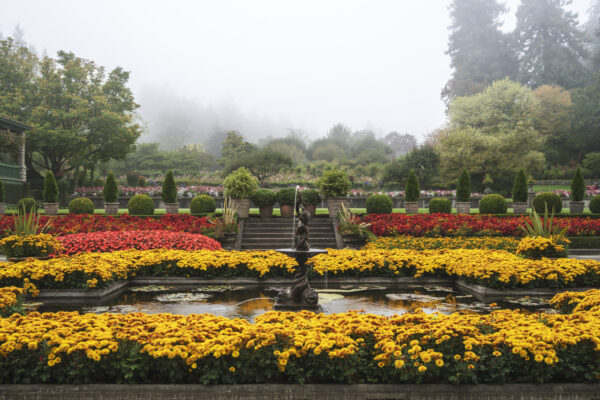
October 6, 2020
| Gardening Autumn Garden Insights 2020
By Brian Nixon, Horticultural Manager With days becoming shorter and nights becoming longer, we begin to see noticeable change taking…


